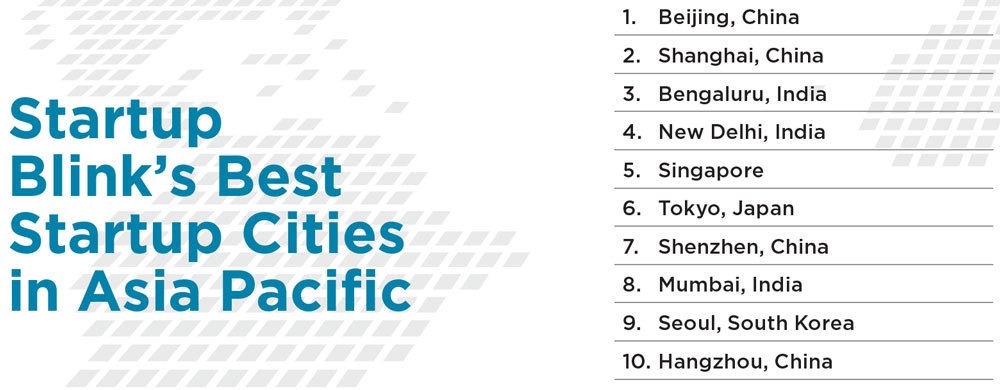Meeting Europe’s Data Center Demands
A$2.4 billion data center development has landed in Gibraltar, a UK territory located at the southern tip of the Iberian Peninsula. The project investment marks Gibraltar’s largest capital investment and the first data center hub pursued by newly formed Pelagos Data Centres. A 250-megawatt data center will soon be constructed near the Port of Gibraltar, as Pelagos anticipates the first phase of the project to become operational in 2027. “With our new facility, Pelagos Data Centres is laying the foundation for the next era of AI-driven innovation,” said Pelagos Chairman Konstantin Sokolov, “positioning Gibraltar as a strategic hub and enabling Europe’s brightest minds to unlock the full potential of this revolutionary technology.”


Repsol plans to connect to the Spanish Hydrogen Backbone to move renewable hydrogen into the region’s natural gas network.
Photo courtesy of Repsol
Cutting Down Carbon Emissions
Madrid-based energy company Repsol will soon introduce the first large-scale renewable hydrogen plant in southeast Spain’s port city of Cartagena. The $318 million project, in collaboration with Enagás Renovable, will see the construction of a 100-megawatt electrolyzer facility on the company’s site in the region. It will have the capacity to produce about 15,000 tons of renewable hydrogen each year, while preventing 167,000 tons of carbon dioxide emissions. Renewable hydrogen will be used as feedstock to manufacture essential products, shifting away from use of conventional hydrogen at the company’s industrial sites.

Transformers produced at the Hitachi Energy site will be utilized for power grids, data centers, renewable energy generation and various large-scale industrial applications.
Photo: Getty Images
Transforming Brazil’s Transition
In September, Hitachi Energy announced a new transformer factory would be established in the São Paulo municipality of Pindamonhangaba. The move comes as part of a larger $200 commitment to the company’s Brazil operations, in line with advancing the country’s energy transition. Phase one includes the construction of an over-498,000-sq.-ft. facility by mid-2028, creating 450 direct jobs. Combined with an expansion of its nearby Guarulhos manufacturing site, Hitachi will double its current transformer production capacity in Brazil.

“The transition of many industries into the digital and automated age has been marked by a huge surge in demand. The total number of industrial robots in operational use worldwide was 4,664,000 units in 2024 — an increase of 9% compared to the previous year.”
— Takayuki Ito, President, International Federation of Robotics

In the first year of operations, the new Estonia facility will produce 2,000 metric tons (MT) of magnets with plans to scale to 5,000 MT by the end of phase one.
Photo courtesy of Neo Performance Materials
A Magnetic Supply Chain Boost
Canada-based mining company Neo Performance Materials has officially opened its permanent magnet manufacturing facility in Estonia, according to a September 2025 release. “This facility is built on Neo’s three decades of experience in magnetic materials and demonstrates our unwavering commitment to our customers in the electric vehicle and wind energy sectors,” said Neo Performance Materials President and CEO Rahim Suleman. The site is now producing samples to send to automotive producers, having already secured contracts for traction motor magnets. Neo has also partnered with Bosch to establish an annual magnet supply to the company, creating a stable local supply chain in Estonia.

